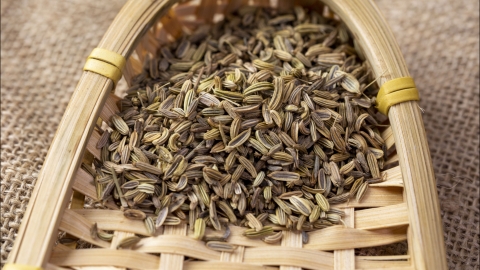Can patients with vitiligo eat fennel?
Generally, patients with vitiligo can consume fennel, but should do so in moderation. Detailed analysis is as follows:

Fennel, as a common vegetable, does not contain specific components that induce or exacerbate vitiligo. Its low irritancy characteristics also make it unlikely to cause adverse effects on the skin or disease condition. Therefore, under the premise of reasonable consumption, patients do not need excessive dietary restrictions. From a nutritional perspective, fennel is rich in vitamins, dietary fiber, and minerals such as potassium and magnesium. Vitamin C has antioxidant properties that help the body eliminate free radicals, reducing oxidative stress-induced damage to melanocytes. B vitamins can participate in the metabolic processes of nerve and skin cells. Dietary fiber promotes intestinal detoxification and maintains metabolic balance in the body, while elements such as potassium and magnesium help maintain electrolyte stability. These nutrients benefit the overall health of vitiligo patients and provide basic nutritional support for skin repair.
Vitiligo patients should maintain a balanced diet in daily life. In addition to moderate consumption of fennel, they can also appropriately consume melanin-rich foods such as black sesame seeds and black soybeans, as well as antioxidant-rich foods like blueberries and purple sweet potatoes. These foods can aid in disease recovery. At the same time, patients should avoid excessive intake of spicy and irritating foods such as chili peppers and Sichuan peppers to prevent skin irritation that may worsen the condition.







